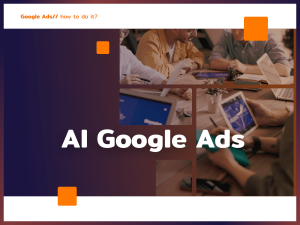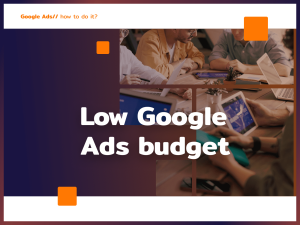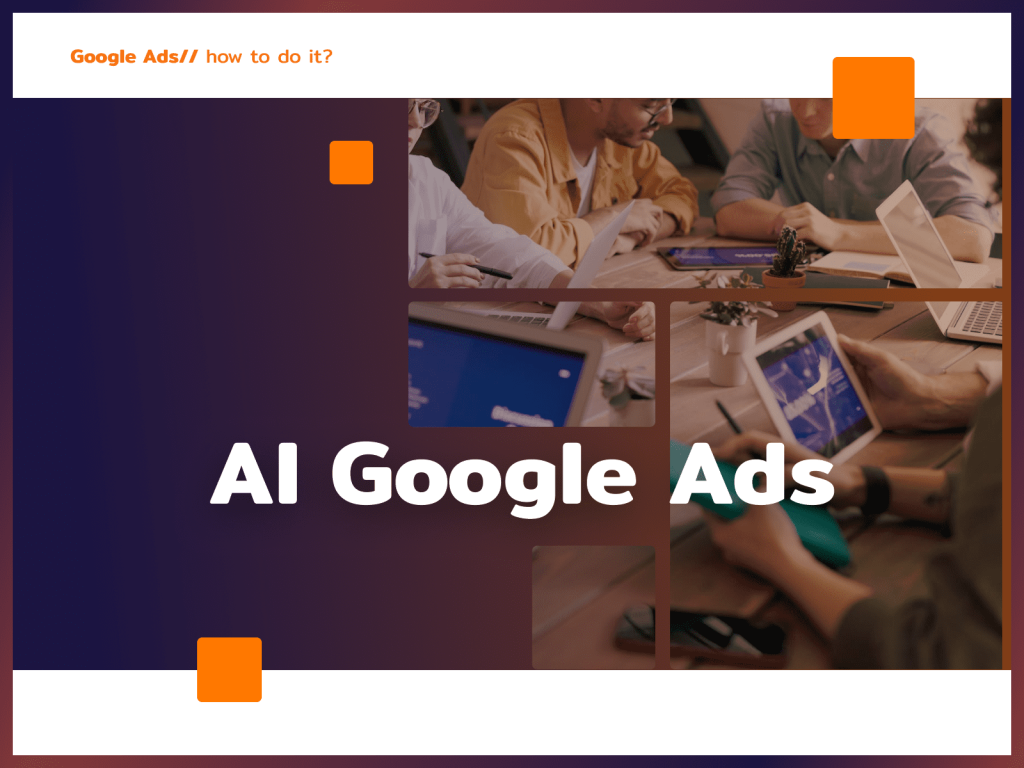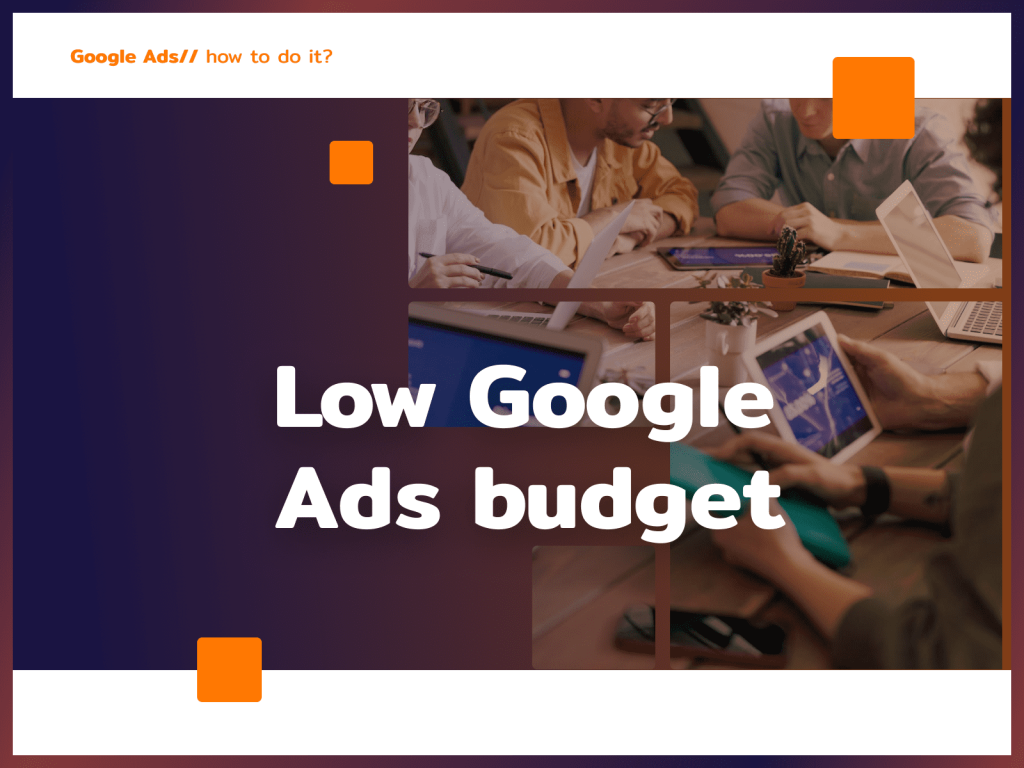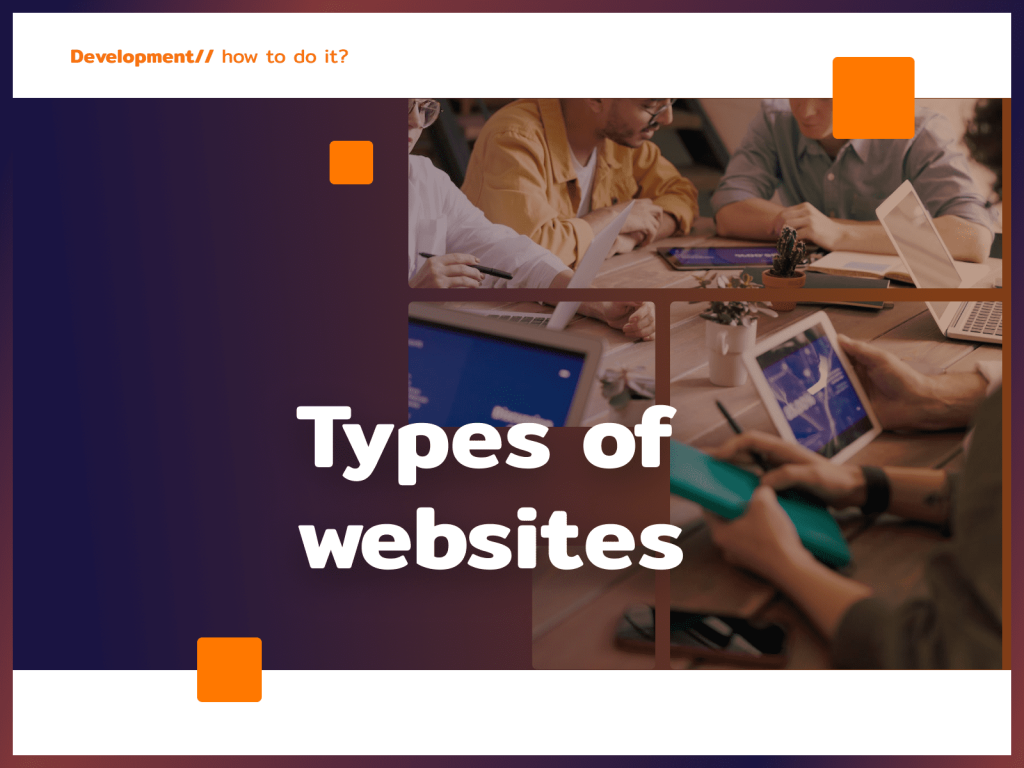If you are running advertising activities on Google and want to get more precise data and increase the effectiveness of your campaigns, then be sure to read this article. Google has a way of obtaining and using information about customers and potential customers, even those who have not accepted the cookie terms and conditions. Read what exactly augmented conversions are, how they work, and what benefits they will bring to your business.

Do you want to increase your profits with Google Ads?
I will prepare an action strategy and, together with my team, implement it for you.
What are Google Ads augmented conversions?
Enhanced Conversions is a feature that addresses the challenges of users not agreeing to tracking in tools such as Google Ads, which can lead to lost conversion data. Augmented conversions allow advertisers to capture anonymous conversion information from users who have not consented to tracking.
In practice, this means that the feature models the actual number of conversions from Google Ads campaigns, even for those who have not consented to cookies. This gives marketers a more comprehensive picture of the effectiveness of their campaigns, as the feature adds additional anonymous conversions to the standard results. This allows for more precise reporting and analysis of campaign effectiveness, without sacrificing user privacy.
Augmented conversions are therefore an innovative and useful tool for marketers to take full advantage of the potential of Google Ads campaigns and extract valuable data even from users who have not consented to tracking. This makes it possible to continue tracking and reporting conversions as accurately and reliably as possible.
How do Google Ads augmented conversions work?
Enhanced Conversions is an advanced solution that applies only to specific website events. They only work in situations where the user submits his or her data – such as an e-mail address, when performing a specific action. Examples include conversions like submitting a form or making a purchase on an online store, where the user provides much more data than just an email address or phone number.
It is worth knowing and remembering that augmented conversions will not be activated for micro conversions where the user does not provide his or her data, such as when clicking on a phone number or email address.
For the enhanced conversions function to work, two conditions must be met. First of all, the user must be logged in to their Google account when performing the conversion. In addition, some of the data it leaves behind during the conversion must be consistent with Google account login information, such as email address or name.
It is worth noting that Google does not require all data to be consistent, but it is important to send as much encrypted data to Google as possible. All it takes is for one of the uploaded data to be consistent for Google to consider it an augmented conversion.
Types of extended conversions
There are two main types of augmented conversions that you can set up in Google Ads to accurately track the results of your campaigns. These include conversions for web pages and conversions for offline data.
The first type, enhanced conversions for websites, is dedicated to tracking online conversions. When a customer leaves their information on the site, such as their name, email address, phone number or address, this encrypted information is sent to Google Ads. You can easily track these conversions when customers perform specific actions, such as making a purchase or filling out a contact form.
The second type, augmented conversions for offline data, is suitable for those who want to track conversions outside the online space, such as in a stationary store or after a phone contact. In this case, you are sending encrypted data on users who have converted from your CRM system to Google Ads. Google Ads then analyzes this data and combines it with relevant ad campaigns and keywords, at various levels of detail, exactly as it does with conversions for websites.
What good comes from augmented conversions?
The benefits of augmented conversions are extremely valuable to any marketer who wants to get more precise data and optimize the effectiveness of their advertising campaigns. Here’s what good comes from using augmented conversions:
Tracking without violating privacy
By implementing augmented conversions, you gain the ability to use your own data while keeping your users’ privacy intact. Many users may refuse cookie-based tracking, but with augmented conversions, you’ll still be able to collect valuable data on user activity.
More data on conversions
In traditional conversion tracking, some conversions may be lost due to cookie limitations and the difficulty of tracking user activity across devices. With augmented conversions, you gain access to more conversion data for more comprehensive analysis of results.
Improved attribution accuracy
Augmented conversions allow for better matching of user data to clicks, resulting in improved attribution accuracy. This allows you to more accurately determine which interactions had an impact on conversions, which is extremely important in optimizing ad campaigns.
Supporting smart rate setting
Augmented conversions are an excellent complement to smart rate determination and data-driven attribution. They help provide additional information that can be used for smart bidding, helping to better feed optimization models.
Strengthening the opti-score index
By using augmented conversions, you create a positive impact on the opti-score, which is one of the factors influencing how Google Ads algorithms evaluate your account. This allows for better evaluation and a better chance of achieving the desired results in your campaigns.
Setting up augmented conversions in Google Ads API
Learn how to perform the configuration step by step:
1. log in to your Google Ads account.
(2) Click the “Tools and Settings” icon and go to the “Performance Measurement” section.
3 Click Conversions and then Settings.
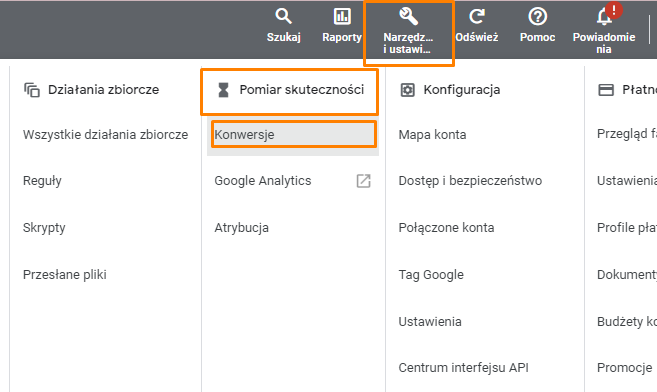
4. after expanding the “Extended conversions” box, check “Enable extended conversions.”
5 Read the compliance statement and click “I agree” to confirm acceptance.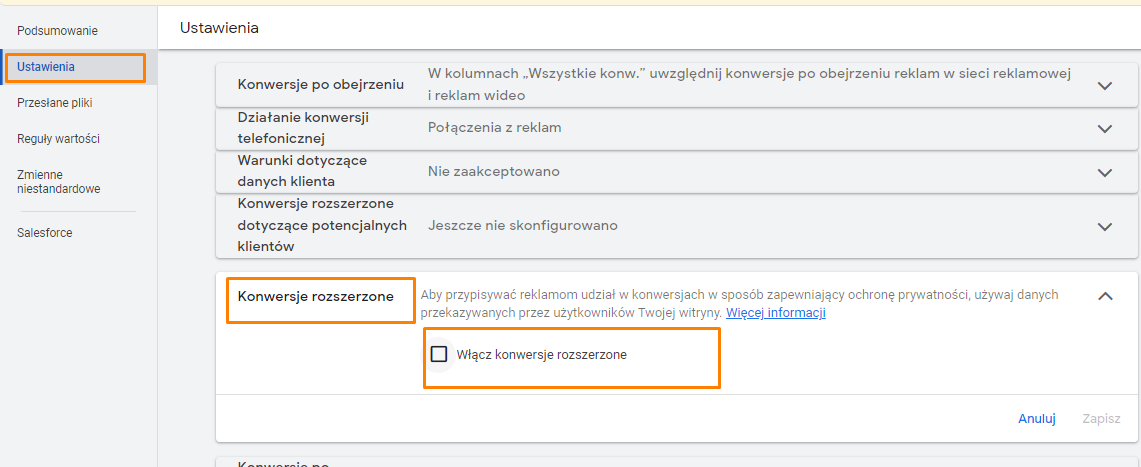
6 The next step is to click on the drop-down list – select here the method of configuring and managing the data provided by users. They can be configured using Google Tag Manager or by making minor changes to the Google tag. Select a tagging method and follow the instructions to complete the setup process.
7. at the very end, you can check if your configurations are working as expected – use the tool for this purpose Tag Assistant .
Summary
Above all, Google Ads augmented conversions is a valuable tool that allows you to better optimize your marketing efforts and achieve better results in promoting your business. By obtaining more precise and accurate conversion data, you will gain the ability to better optimize your campaigns and make more effective marketing decisions.
Remember, when it comes to effective search engine customer acquisition, nothing works as well as experience in the field. I have them, and I’m eager to use them to grow your business and sales as well. Feel free to contact me!



